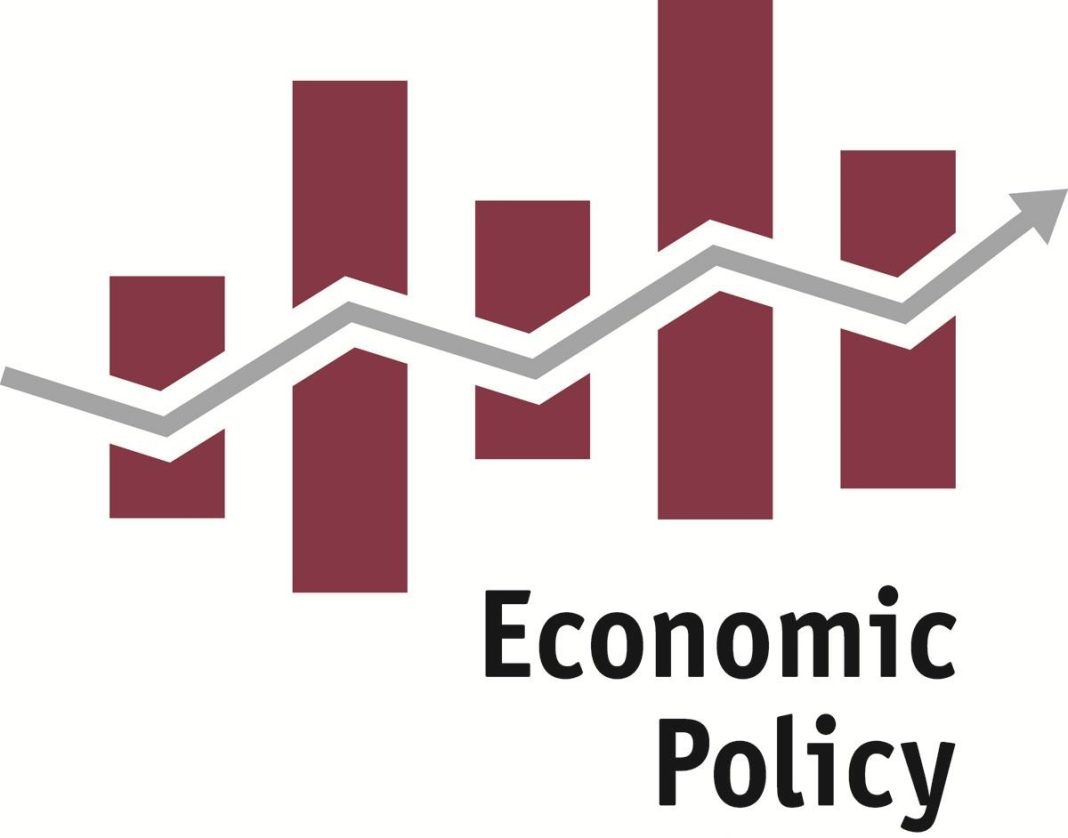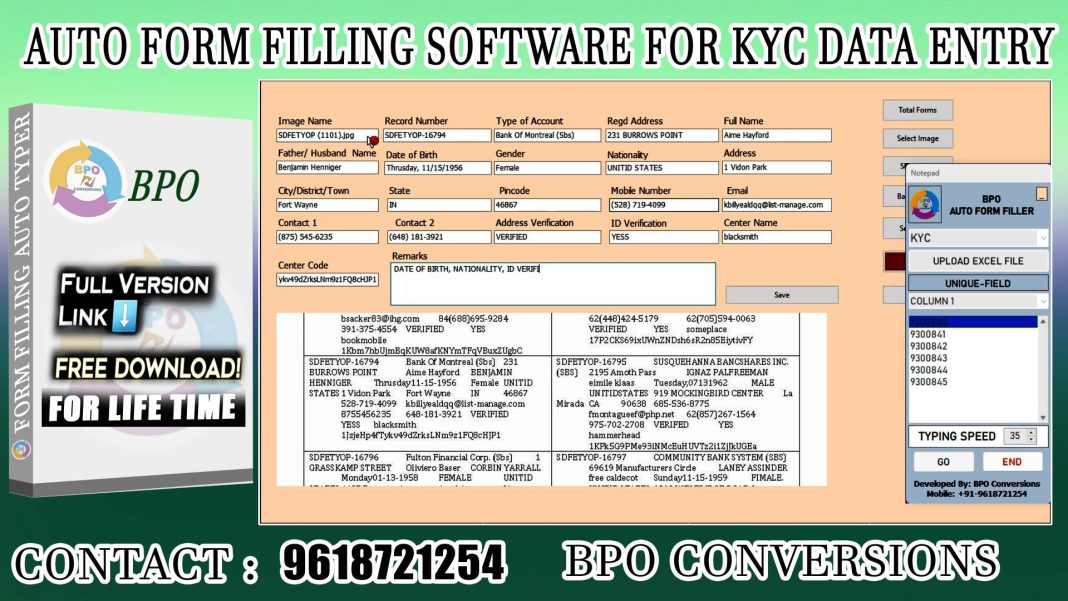In the intricate dance of global commerce, businesses are constantly navigating a labyrinth of regulations designed to keep the financial world secure and transparent. At the heart of this regulatory maze lies the imperative to combat money laundering—a clandestine crime that knows no borders. As businesses expand their reach across continents, ensuring compliance with international Anti-Money Laundering (AML) laws becomes not just a legal obligation, but a cornerstone of ethical stewardship and corporate integrity. In this authoritative guide, we unravel the complexities of international AML compliance, equipping you with the knowledge and strategies to safeguard your enterprise against the insidious threats of financial crime. Join us as we delve into the essential practices that will fortify your business, ensuring it stands resilient and reputable in the ever-evolving global marketplace.
Understanding the Global Landscape of Anti-Money Laundering Regulations
In today’s interconnected world, businesses must navigate a complex web of anti-money laundering (AML) regulations that vary significantly across different jurisdictions. Understanding these global frameworks is crucial for ensuring compliance and avoiding hefty penalties. At the core, most international AML laws are built around the Financial Action Task Force (FATF) recommendations, which serve as a global benchmark. However, each country may interpret and implement these guidelines uniquely, adding layers of complexity for multinational companies.
To effectively manage this intricate landscape, businesses should focus on several key areas:
- Risk Assessment: Regularly evaluate the risk of money laundering within your business operations and adjust your compliance strategies accordingly.
- Due Diligence: Implement robust customer due diligence processes to verify the identity of clients and monitor transactions for suspicious activity.
- Training and Awareness: Ensure that all employees are well-versed in AML policies and understand the importance of compliance.
- Technology Utilization: Leverage advanced software solutions to streamline AML processes and enhance the detection of illicit activities.
By adopting a proactive and informed approach, businesses can not only meet international AML requirements but also protect their reputation and maintain trust with stakeholders.

Crafting a Robust Compliance Framework for Your Business
Establishing a comprehensive compliance framework is crucial for safeguarding your business against the intricacies of international Anti-Money Laundering (AML) laws. Begin by conducting a thorough risk assessment to identify vulnerabilities and tailor your policies accordingly. Develop clear procedures that encompass all aspects of your operations, ensuring they align with global standards and local regulations. This involves creating robust internal controls, setting up regular audits, and fostering a culture of compliance within your organization.
- Employee Training: Regularly educate your team on AML policies and procedures to ensure they are well-versed in recognizing and reporting suspicious activities.
- Technology Integration: Leverage advanced software solutions to monitor transactions and automate compliance checks, enhancing efficiency and accuracy.
- Continuous Monitoring: Implement ongoing surveillance to swiftly adapt to any regulatory changes or emerging threats in the AML landscape.
By embedding these practices into your business operations, you not only mitigate risks but also build a resilient compliance framework that stands up to international scrutiny.

Leveraging Technology to Enhance AML Compliance Efforts
In the ever-evolving landscape of anti-money laundering (AML) regulations, businesses must stay ahead by integrating cutting-edge technology into their compliance strategies. Advanced analytics and machine learning algorithms can significantly enhance the ability to detect suspicious activities by identifying patterns and anomalies that might be missed by traditional methods. Implementing real-time transaction monitoring systems allows for immediate flagging of potentially illicit activities, enabling quicker responses and reducing the risk of regulatory breaches.
- Blockchain Technology: Offers a transparent and immutable ledger that can be utilized for secure record-keeping and transaction verification.
- Artificial Intelligence: Assists in automating routine compliance tasks, freeing up resources for more complex investigations.
- RegTech Solutions: Specialized regulatory technology platforms that provide comprehensive compliance management tools.
By leveraging these technological advancements, businesses can not only ensure adherence to international AML laws but also streamline their compliance processes, ultimately safeguarding their operations from financial crime.

Training and Continuous Monitoring: The Pillars of Effective AML Compliance
Ensuring compliance with international Anti-Money Laundering (AML) laws is not a one-time task but an ongoing commitment. At the heart of this commitment lies the dynamic duo of training and continuous monitoring. These two elements form the backbone of an effective AML strategy, enabling businesses to stay ahead of evolving regulatory landscapes and sophisticated financial crimes.
Training is essential to equip your team with the knowledge and skills necessary to identify and report suspicious activities. It should be tailored to the specific roles within your organization and regularly updated to reflect the latest legal requirements and typologies of financial crime. Consider incorporating the following into your training programs:
- Interactive workshops that simulate real-world scenarios
- E-learning modules for flexible, self-paced learning
- Regular assessments to ensure comprehension and retention
On the other hand, continuous monitoring acts as your vigilant sentinel, constantly scanning for irregularities in transactions and customer behaviors. By leveraging advanced technologies such as AI and machine learning, businesses can enhance their monitoring capabilities, ensuring swift detection and response to potential threats. Implementing a robust monitoring system includes:
- Automated alerts for unusual activities
- Regular audits to assess the effectiveness of monitoring tools
- Integration with global watchlists to identify high-risk entities
By prioritizing these two pillars, businesses not only safeguard themselves against non-compliance penalties but also contribute to the global fight against money laundering.





